Unless you understand and calculate sports betting odds, you’ll struggle to make informed and profitable betting decisions. When wagering online at top-tier betting sites, you need to understand the value of a bet and its expected return. Top sports betting experts from LeafletCasino have put in years of their experience into explaining all the details in this article. This will allow you to make strategic wagers with managed risks. By utilising smarter choices, you’re able to increase your chances of success with the sportsbooks.
How to Interpret Betting Odds
Simply put, reading betting odds gives you an idea as to how much you might profit off any given wager. Relative to where you’re standing on the globe, sports betting odds are expressed in different formats: Moneyline, Decimal, and Fractional. These differences exist due to mainly historical betting traditions.
For instance, fractional odds are mainly found in the UK and reflect an older style of placing wagers. On the other hand, moneyline odds are popular in the US. In today’s global online betting marketplace, with sporting activities and sports bettors coming from various regions, it’s a good idea to have complete confidence in understanding the odds to help ensure a profitable time.
Moneyline Odds
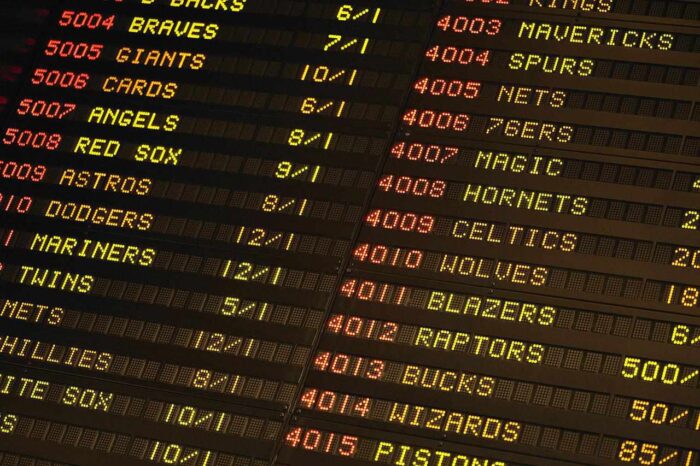
Source: liveabout.com
Also called “American odds,” these represent both the money it’s possible to win and the amount needed to be wagered to secure a particular result. Plus and minus numbers express the team or play’s relative strengths. So, a positive moneyline odds of, say, +150 means $100 could yield a profit of $150. Conversely, a negative number of -200 means that a $200 wager is required in order to make a $100 profit.
You should look at moneyline odds to assist in gauging a particular result’s perceived probability. Because their higher returns correlate with a team’s reduced chances of winning, positive American odds are associated with underdogs. On the flip side, negative odds indicate a favourite’s probability of winning. Although they might be front-runners, the profits are going to be less due to the larger stake required.
Decimal Odds
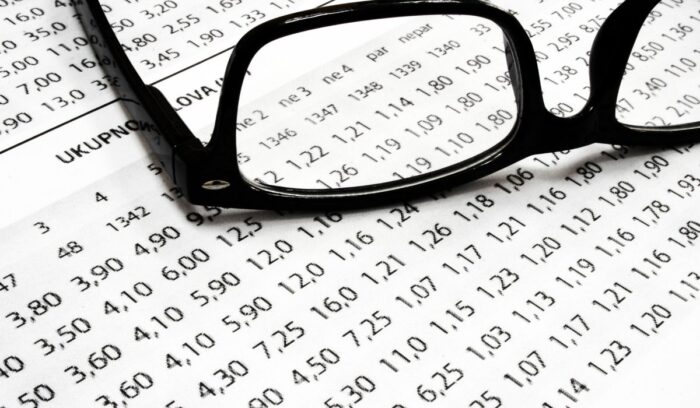
Source: betdico.com
Because these are more common in Europe, you’ll hear them commonly referred to as “European odds.” They show the total return on a bet and include both the original stake and the profit, expressed as a decimal number. Therefore, if the odds are 2.00, a £1 bet would result in a return of £2 – the £1 original stake plus the £1 profit.
The higher the European odds, the higher the risk, which in turn indicates a higher possible reward. Lower odds mean diminished probable profits. Calculating these odds is easy; just multiply the sum of your wager by the odds. This will give you the total return, made up of the wager and the profit.
Sports bettors tend to favour decimal odds thanks to their straightforward nature. It’s a piece of cake to figure them out as they are very common if you bet on soccer or other popular European sports. Furthermore, these types of odds allow you to recognise the relative profitability of various bets across a number of sportsbooks. With no complex calculations to be done, European odds allow you to make quicker decisions, especially when it comes to online in-game sports betting.
Fractional Odds
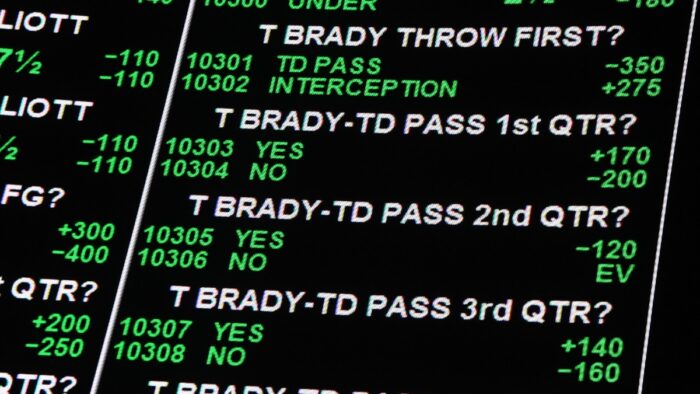
Source: actionnetwork.com
Fractional odds are also known as “British odds.” As the name suggests, they illustrate the likely profit in relation to the initial stake, expressed by a fraction. The topmost number (the numerator) is the profit, and the bottom number (the denominator) is the required stake. So, odds of 3/1 mean that for every £1 stake, a profit of £3 awaits, plus having the original £1 returned.
You’ll often find fractional odds expressed as either “odds on” or “odds against.” Odds on (e.g., ½) shows the potential profit of less than your initial bet. In this case, a bettor would need to wager £2 in order to land a profit of £1. Odds against (e.g., 5/1) points to a greater potential profit than the stake. Accordingly, a £1 bet could yield a £5 profit.
The use of fractions in a decimal world may seem slightly dated, but they do offer a clear understanding of the risk vs reward of particular bets. You can gauge the bookmaker’s assessment of the likelihood of an outcome. That’s why British odds appear in UK fighting sports like boxing. For a sports bettor who’s looking to weigh the value of individual bets, such odds offer a great way of judging the worth of a wager effectively.
How to Calculate and Convert Betting Odds
Depending on the sport and where it’s played, the type of odds will be exhibited in one of the above formats. As an example, US baseball, basketball, and combat sports like UFC tend to favour money line odds, whereas European football odds are more often expressed as decimal odds. You’ll see fractional odds in English horse racing, like a 3/2 £2 wager paying out £5.00. If there’s a need to convert moneyline, decimal, and fractional odds, the experts from LeafletCasino explain how to perform the simple calculations to arrange your sports betting.
To Convert Moneyline to Decimal Odds
For positive American odds (e.g., +150), divide the number by 100 and add 1. With this, +150 becomes 2.50 in decimal odds. For negative moneylines (e.g., -200), divide 100 by the absolute value of the moneyline. Next, add 1 to the total. Therefore, -200 becomes 1.50 in decimal odds.
To Convert Moneyline to Fractional Odds
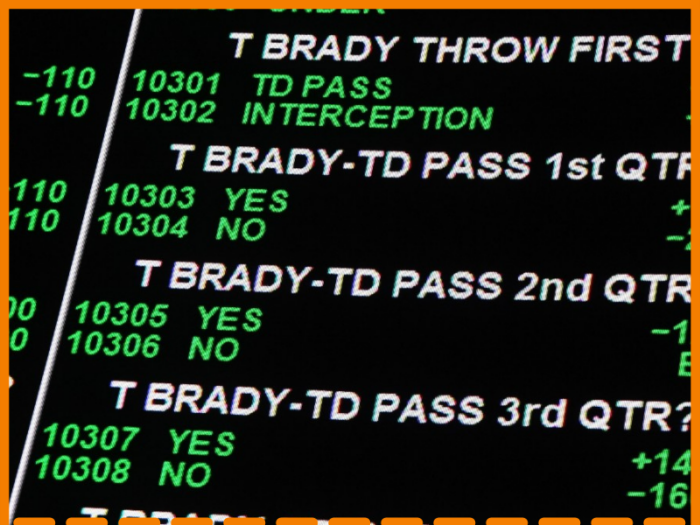
Source: ageiadensi.com
For positive money lines, the fractional odds are displayed as a fraction. The moneyline acts as the numerator, and the 100 is the denominator. Thus, +150 becomes 3/2. For negative moneylines, the fractional odds will be a numerator of 100. The denominator is the absolute value of the moneyline. For instance, -200 becomes 100/200 or 1/2.
To Convert Decimal to Fractional Odds
British bettors should subtract 1 from the decimal odds to get the fractional profit, then convert it to the nearest fraction. For example, 2.50 – 1 = 1.50, which can be approximated as 3/2.
To Convert Fractional to Decimal Odds
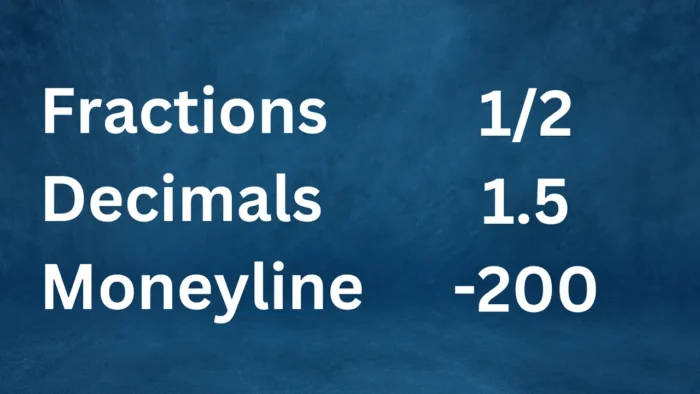
Source: sportytrader.com
Divide the numerator by the denominator and tack on 1 to convert the odds from fractional to decimal. To that end, 3/2 becomes 1.5 in decimal odds.
Remember that when you’re calculating expected profits, you’ll need to multiply the odds by the wagered amount. Converting odds will help in evaluating different markets, thereby letting you make more informed betting choices.
The conversion calculations rely on old-school maths, but there are plenty of online odds converters and calculators available on top-rated online sports betting platforms to simplify the process. You can also convert the odds using online apps for Android and iOS devices, which are great for sports bettors on the go.
Here’s an example of the types of odds from a Spanish La Liga football game between Barca and Los Blancos:
| Team Bet | Decimal | Fractional | Money line | $10 Bet |
| Barcelona FC Win | 2.25 | 5/4 | +125 | $22.50 |
| Draw | 3.15 | 43/20 | +215 | $31.50 |
| Madrid CF Win | 3.35 | 47/20 | +235 | $33.50 |
Conclusion
The methods for stating the odds of any sporting event allow you an insight into how a particular betting market is performing. Still, they will not, in themselves, help you win any wagers. For that, you’ll have to spend time researching the teams, runners, and players. Everything from the number of injuries, whether it’s a home or away game, to the game dynamics, playing histories, and weather conditions may influence the change of odds. Armed with this deeper knowledge, seek out the best odds that offer real value and bag some winnings.
